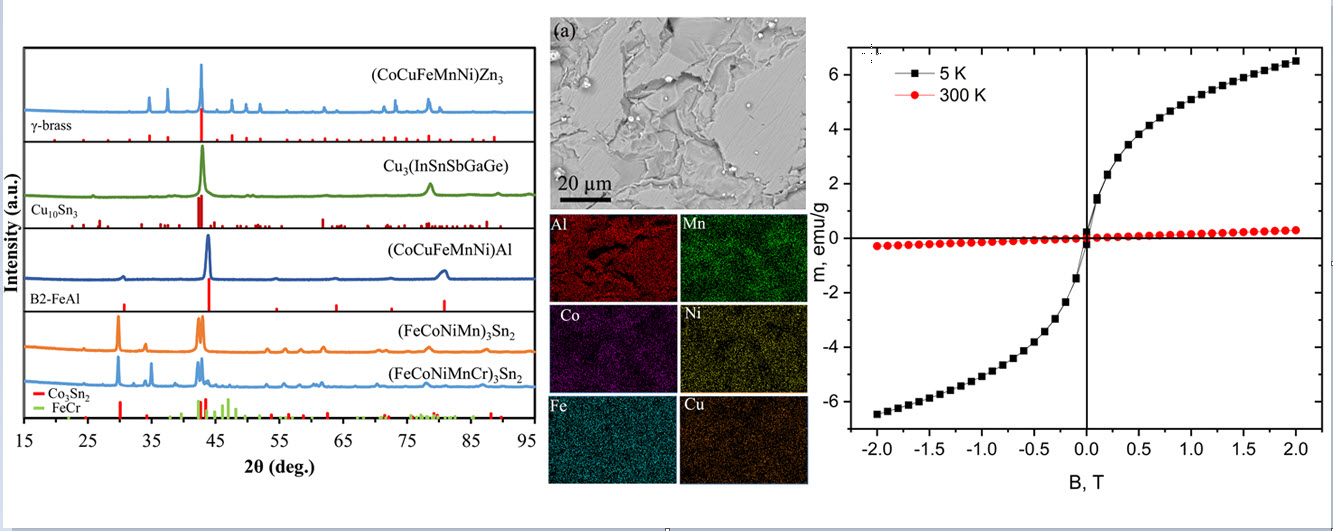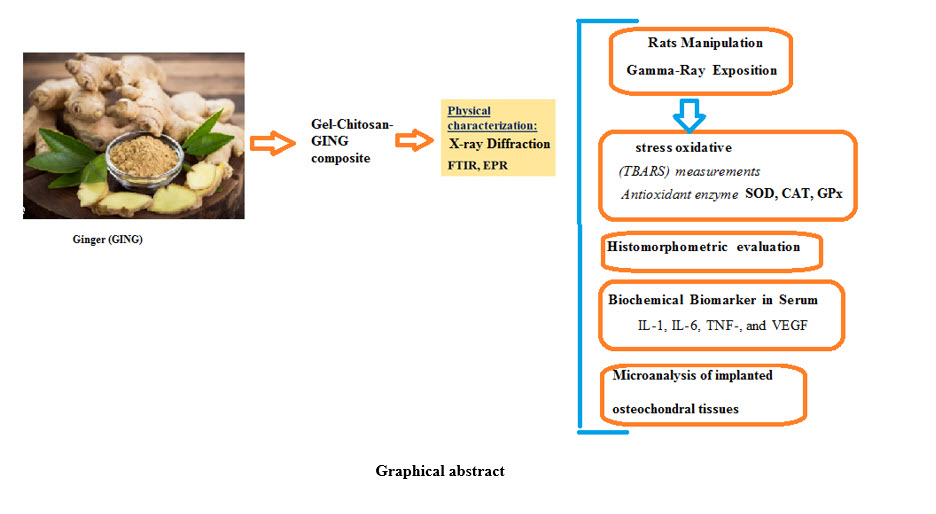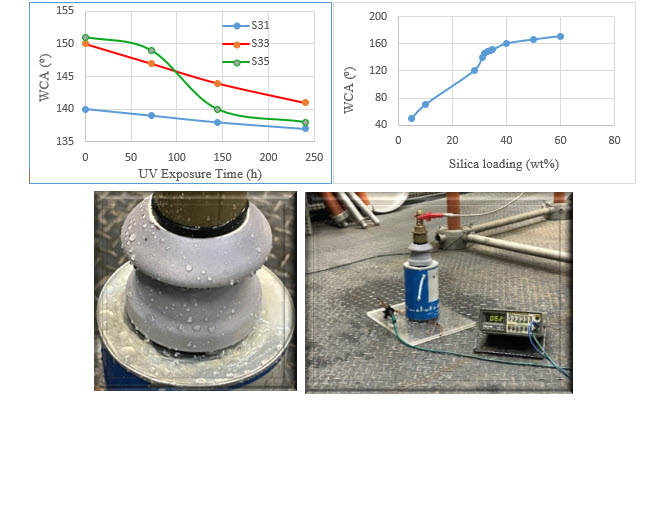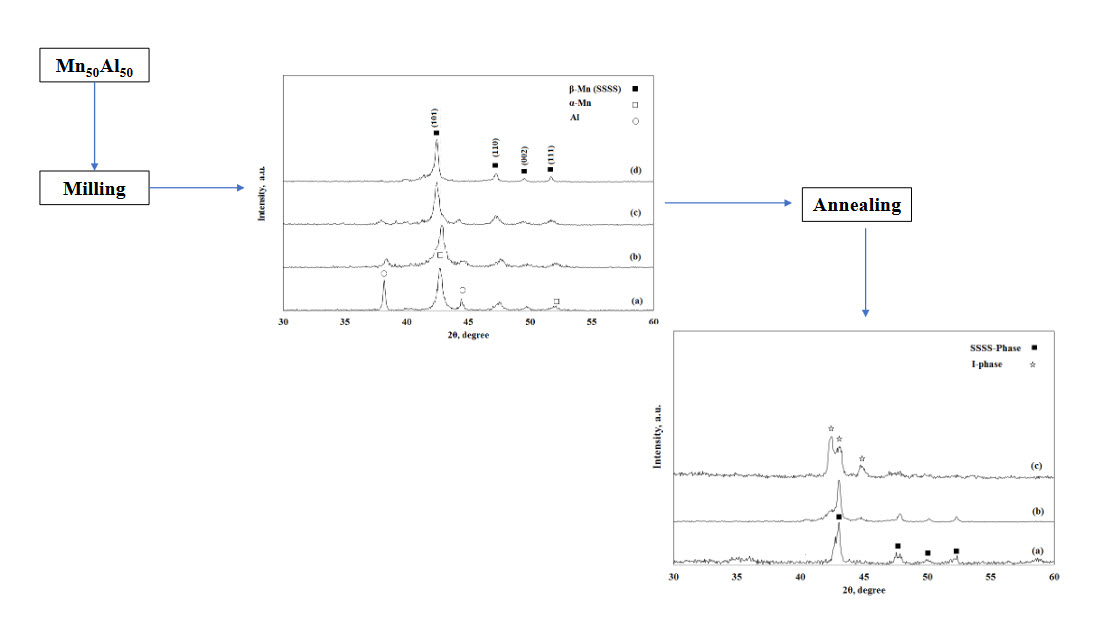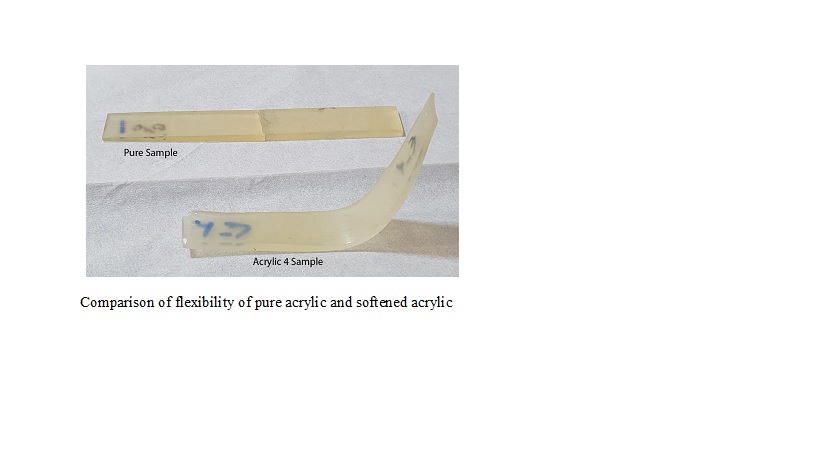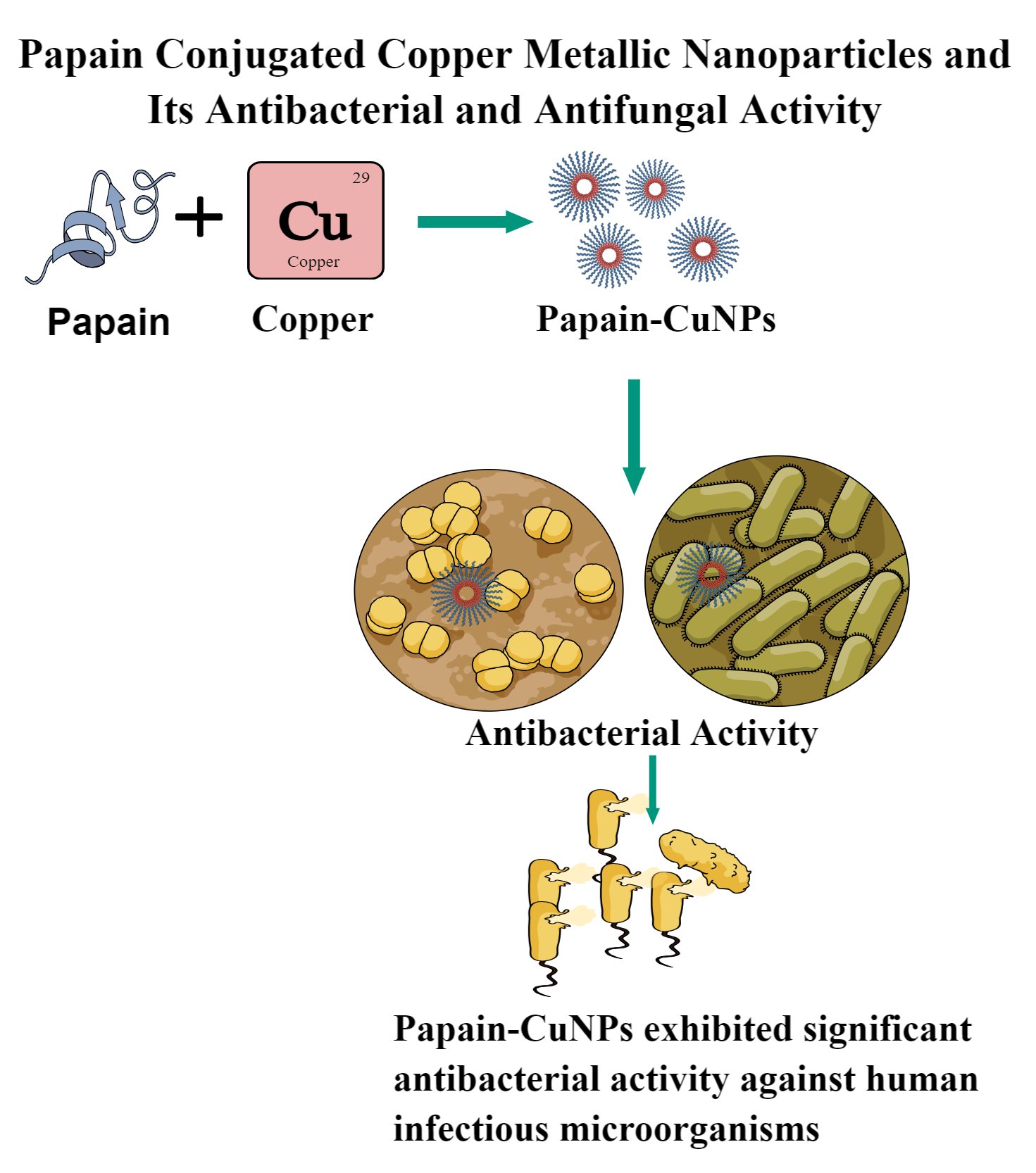Thu, Apr 3, 2025
[Archive]
Volume 21, Issue 3 (September 2024)
P. 1-15
Faraz Hussain 
 , Muhammad Umar Manzoor
, Muhammad Umar Manzoor 
 , Muhammad Kamran
, Muhammad Kamran 
 , Tahir Ahmad
, Tahir Ahmad 
 , Fahad Riaz
, Fahad Riaz 
 , Sehrish Mukhtar
, Sehrish Mukhtar 
 , Hafiz Muhammad Rehan Tariq
, Hafiz Muhammad Rehan Tariq 
 , Muhammad Ishtiaq
, Muhammad Ishtiaq 


 , Muhammad Umar Manzoor
, Muhammad Umar Manzoor 
 , Muhammad Kamran
, Muhammad Kamran 
 , Tahir Ahmad
, Tahir Ahmad 
 , Fahad Riaz
, Fahad Riaz 
 , Sehrish Mukhtar
, Sehrish Mukhtar 
 , Hafiz Muhammad Rehan Tariq
, Hafiz Muhammad Rehan Tariq 
 , Muhammad Ishtiaq
, Muhammad Ishtiaq 

Ahmad Ostovari Moghaddam 
 , Olga Zaitseva
, Olga Zaitseva 
 , Sergey Uporov
, Sergey Uporov 
 , Rahele Fereidonnejad
, Rahele Fereidonnejad 
 , Dmitry Mikhailov
, Dmitry Mikhailov 
 , Nataliya Shaburova
, Nataliya Shaburova 
 , Evgeny Trofimov
, Evgeny Trofimov 


 , Olga Zaitseva
, Olga Zaitseva 
 , Sergey Uporov
, Sergey Uporov 
 , Rahele Fereidonnejad
, Rahele Fereidonnejad 
 , Dmitry Mikhailov
, Dmitry Mikhailov 
 , Nataliya Shaburova
, Nataliya Shaburova 
 , Evgeny Trofimov
, Evgeny Trofimov 

P. 34-42
P. 60-73
P. 74-81
P. 82-91
Dewi Qurrota A'yuni 
 , Hadiantono Hadiantono
, Hadiantono Hadiantono 
 , Velny Velny
, Velny Velny 
 , Agus Subagio
, Agus Subagio 
 , Moh. Djaeni
, Moh. Djaeni 
 , Nandang Mufti
, Nandang Mufti 


 , Hadiantono Hadiantono
, Hadiantono Hadiantono 
 , Velny Velny
, Velny Velny 
 , Agus Subagio
, Agus Subagio 
 , Moh. Djaeni
, Moh. Djaeni 
 , Nandang Mufti
, Nandang Mufti 

P. 92-105
P. 106-115
P. 125-134
Muddukrishnaiah Kotakonda 
 , Sajisha V.S
, Sajisha V.S 
 , Aiswarya G
, Aiswarya G 
 , Safeela Nasrin Pakkiyan
, Safeela Nasrin Pakkiyan 
 , Najamol A Alungal
, Najamol A Alungal 
 , Mayoora Kiliyankandi K
, Mayoora Kiliyankandi K 
 , Divya Thekke Kareth
, Divya Thekke Kareth 
 , Naheeda Ashraf Verali Parambil
, Naheeda Ashraf Verali Parambil 
 , Saranya Sasi Mohan
, Saranya Sasi Mohan 
 , Renjini Anil Sheeba
, Renjini Anil Sheeba 
 , Sarika Puthiya Veettil
, Sarika Puthiya Veettil 
 , Dhanish Joseph
, Dhanish Joseph 
 , Nishad Kakkattummal
, Nishad Kakkattummal 
 , Afsal Bin Haleem MP
, Afsal Bin Haleem MP 
 , Safeera Mayyeri
, Safeera Mayyeri 
 , Thasneem Chemban Koyilott
, Thasneem Chemban Koyilott 
 , Nasiya Nalakath
, Nasiya Nalakath 
 , Samuel Thavamani B
, Samuel Thavamani B 
 , Famila Rani J
, Famila Rani J 
 , Aruna Periyasamy
, Aruna Periyasamy 
 , Chellappa V Rajesh
, Chellappa V Rajesh 
 , Rameswari Shanmugam
, Rameswari Shanmugam 
 , Marimuthu Poornima
, Marimuthu Poornima 
 , Tina Raju
, Tina Raju 
 , Roshni E R
, Roshni E R 
 , Sirajudheen Mukriyan Kallungal
, Sirajudheen Mukriyan Kallungal 
 , Lekshmi MS Panicker
, Lekshmi MS Panicker 
 , Saranya K G
, Saranya K G 
 , Shilpa V P
, Shilpa V P 


 , Sajisha V.S
, Sajisha V.S 
 , Aiswarya G
, Aiswarya G 
 , Safeela Nasrin Pakkiyan
, Safeela Nasrin Pakkiyan 
 , Najamol A Alungal
, Najamol A Alungal 
 , Mayoora Kiliyankandi K
, Mayoora Kiliyankandi K 
 , Divya Thekke Kareth
, Divya Thekke Kareth 
 , Naheeda Ashraf Verali Parambil
, Naheeda Ashraf Verali Parambil 
 , Saranya Sasi Mohan
, Saranya Sasi Mohan 
 , Renjini Anil Sheeba
, Renjini Anil Sheeba 
 , Sarika Puthiya Veettil
, Sarika Puthiya Veettil 
 , Dhanish Joseph
, Dhanish Joseph 
 , Nishad Kakkattummal
, Nishad Kakkattummal 
 , Afsal Bin Haleem MP
, Afsal Bin Haleem MP 
 , Safeera Mayyeri
, Safeera Mayyeri 
 , Thasneem Chemban Koyilott
, Thasneem Chemban Koyilott 
 , Nasiya Nalakath
, Nasiya Nalakath 
 , Samuel Thavamani B
, Samuel Thavamani B 
 , Famila Rani J
, Famila Rani J 
 , Aruna Periyasamy
, Aruna Periyasamy 
 , Chellappa V Rajesh
, Chellappa V Rajesh 
 , Rameswari Shanmugam
, Rameswari Shanmugam 
 , Marimuthu Poornima
, Marimuthu Poornima 
 , Tina Raju
, Tina Raju 
 , Roshni E R
, Roshni E R 
 , Sirajudheen Mukriyan Kallungal
, Sirajudheen Mukriyan Kallungal 
 , Lekshmi MS Panicker
, Lekshmi MS Panicker 
 , Saranya K G
, Saranya K G 
 , Shilpa V P
, Shilpa V P 







